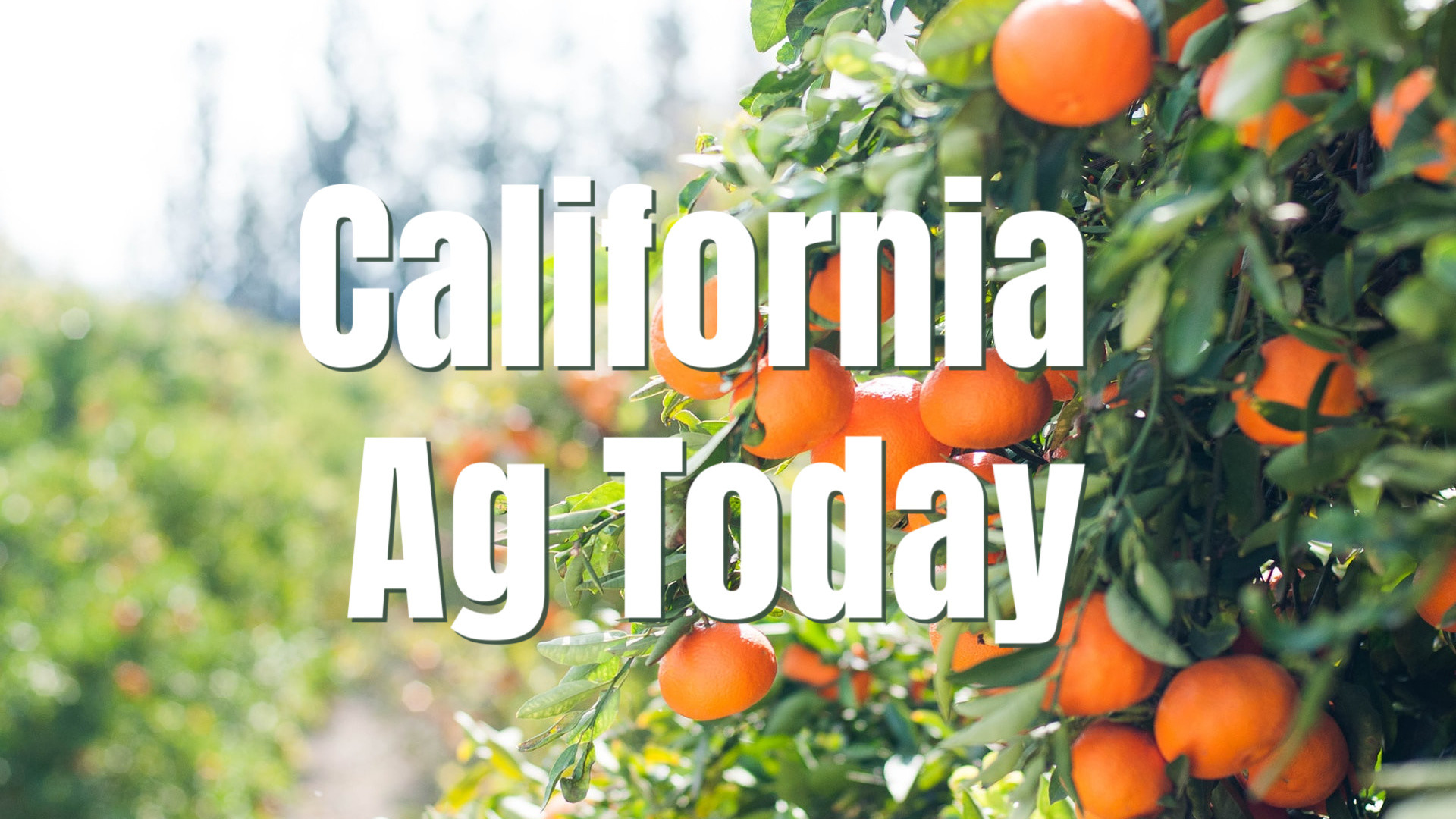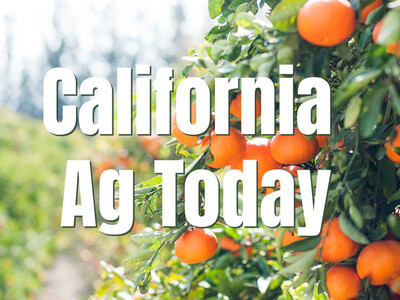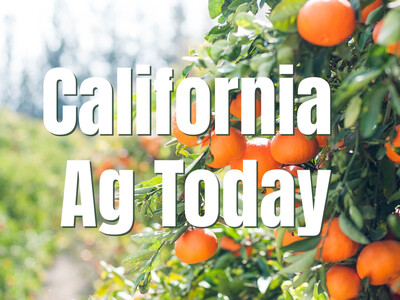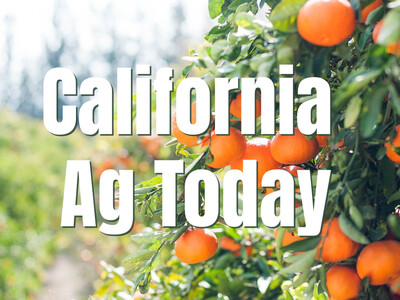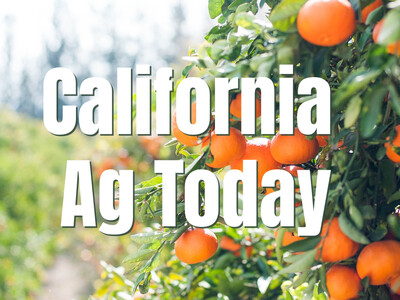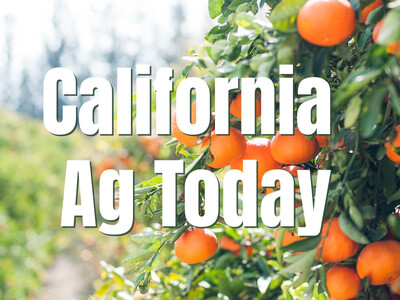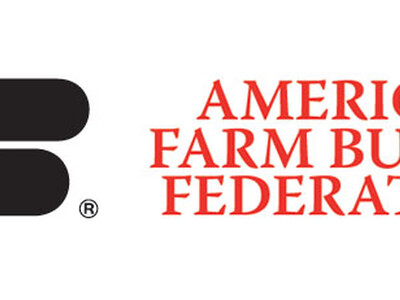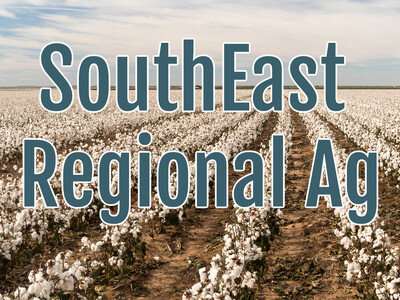Livestock Management to Protect Riparian Areas

Tim Hammerich
News Reporter
It’s estimated that approximately 60% of California is rangeland. The ecological benefits of well-managed livestock on this land is well-documented. Part of that management is making sure to protect riparian areas. Ken Tate is a professor and cooperative extension specialist in rangeland watershed management at the University of California, Davis.
Tate… “If you're in a large landscape and the only available drinking water is a riparian area and associated stream, and livestock needing 20 plus gallons of water a day to consume, they're inherently going to spend quite a bit of time in those areas. And so one of the most effective tools that we have available to kind of reduce and limit livestock time spent in riparian areas and thus damage from hoof trampling, and over-consumption of sensitive plants is to provide off-site drinking water.”
Tate says that providing access to water outside of the riparian areas, can often be a win-win.
Tate… “If you've got good available for age two miles away from right gray area, it may not be able to, you may not be able to use it because livestock can't get to that two miles away, consume forage efficiently, and then walk two miles back to get a drink of water. So most ranchers are interested in increasing their drinking location so that they can manage the distribution of livestock spatially across the landscape.”


